|
On our 2nd day in Jerusalem, we would be spending most of our time exploring the ancient city itself. Our previous day had given us great views of the ancient city from the Mount of Olives and we had examined the huge model of Jerusalem that represented the 2nd Temple Period (586 BC to 70 AD) at the Israel Museum. Today we would be going inside the old city walls to examine first hand some of the most revered religious and historical sites in the world. It took about 20 minutes for our tour bus to make the 1.8 kilometre trek from our hotel, the Olive Tree (situated in the American Colony neighbourhood) to the entrance near the Western Wall of the old city of Jerusalem. Apparently, it takes about the same amount of time to walk that distance. There was a rather lengthy line-up to go through security, though the process was fairly smooth. Our tour host had been carrying a small Canadian flag throughout our trip in Israel to indicate where we were to meet and distinguish us from other tour groups. He had to relinquish the flag before we entered the old city as no political banners or artifacts are allowed. Once through security, we walked through a large open plaza that leads to the Western Wall. There were hundreds of people milling about the plaza, many were large families celebrating bar/bat mitzvahs at the holy site. The Western Wall is the closest point that Jews can get to the “Holy of the Holies” (more about this later) which is on the eastern side of the wall because that area is occupied by Muslims. Men and women approach the wall separately - men to the north, women to the south. Out of respect, men are required to cover their heads at the wall. Non-Jewish men are provided with cloth kippas if they want to approach the wall. We spent nearly an hour in and around the wall, mostly watching the myriad of people taking turns worshiping at the wall and then celebrating with their families in groups around the plaza. From here we walked a short distance to the Moroccan Gate in order to gain entry to the Temple Mount. While there are 11 gates in total that lead to the Temple Mount, the Moroccan Gate is the only entrance for tourists and non-Muslims. The entrance has tight security and is heavily guarded. In addition, the hours of entry for tourists and non-Muslims are quite limited. Morning entrance is from 8:30am to 11:30am and afternoon from 1:30pm to 2:30pm. We arrived here around 10:00am and passed through relatively quickly and without incident. We walked through the entrance and emerged onto a vast plaza that is bordered by 4 walls, including the Western Wall. The plaza was built during the reign of Herod the Great in order to expand the temple. The plaza is dominated by three monumental structures that date back to the 7th century (though much reconstruction has been done since): the al-Aqsa Mosque, the Dome of the Rock and the Dome of the Chain, as well as four minarets. For Muslims, the al-Asa Mosque is considered the 3rd holiest site in Islam, behind Mecca and Medina. It is said that Muhammed journeyed here from Mecca and ascended into heaven in a single night in 621. The foundation stone that the Dome of the Rock is built over is said to be the location where God created the first man, Adam, and where Abraham attempted to sacrifice his son Isaac to prove his faith. The Dome of the Chain, a small prayer house immediately adjacent to the Dome of the Rock, was originally built in 691. Because the Temple Mount has immense significance for three major world religions - Muslim, Jews and Christians - it is one of the most contested religious sites in the world. While the Temple Mount is within the Old City, which has been controlled by Israel since the Six Day War in 1967, the administration of the Temple Mount itself is under Jordanian custodianship and remains a major focal point of the Arab-Israeli conflict. While we were visiting the Temple Mount, a film crew, escorted by a large contingent of armed militia, were interviewing a distinguished looking older gentleman. It turned out that this man was one of the first Israeli soldiers who entered the holy site in 1967 during the Six Day War. After our visit to the Temple Mount, we proceeded to the Old City near the Lion’s Gate. Here we visited the Pool of Bethesda and the Church of Saint Anne which marks the beginning of the Via Dolorossa. The Via Dolorossa, “the Way of the Sorrow”, is said to be the route that Jesus took, carrying his cross from the place where Pontius Pilate sentenced him to death, to Golgotha, where he was crucified. The route winds from the Antonia Fortress west to the Church of the Holy Sepulchre, a distance of about 600 metres and is a celebrated place of Christian pilgrimage. There are many stops along the route, most marked by plaques signifying the Stations of the Cross. We eventually arrived at the Church of the Holy Sepulchre which contains, according to tradition, the two holiest sites in Christianity: the site where Jesus was crucified, and his empty tomb, where it is said he was buried and resurrected. The tomb is enclosed by a 19th-century shrine called the Aedicula. Following the Via Dolorossa walk, we made our way to the Arab market located in the Christian and Muslim Quarters of the Old City. The market is a labyrinth of alleyways lined with shops selling everything from handmade jewelry and exotic scarves to hookahs and ceramics. Kim and I found a quaint falafel shop with a few tables that allowed us to sit and eat while we watched the commotion of the market vendors bartering with the endless flow of shoppers. Having explored the Old City for most of the morning and early afternoon, we ended our tour at the Garden Tomb which is adjacent to a rocky escarpment that has been proposed by some scholars to be Golgotha. While the traditional site where the death and resurrection of Christ are believed to have occurred has been the Church of the Holy Sepulchre, this site is said to represent a more visual representation of the events described in the Gospels. The Garden Tomb is a peaceful respite from the business of the Old City. A small group of caves, believed to have been used as burial tombs dating back to the 8th century form the back wall of this serene garden. One of the caves is said to be very similar to the tomb that was owned by Joseph of Arimathea, and occupied by Jesus when he was crucified. It was late afternoon when we finished our visit of the Old City. We boarded our bus and drove about 30 minutes to Bethlehem where we would be spending our last night in Israel.
Are you considering a trip to Israel? Reach out for expert advice and assistance with your holiday planning. Continue to Day 8 - click here
0 Comments
Your comment will be posted after it is approved.
Leave a Reply. |
Sharing Our Travel DreamsSharing our personal experiences onboard and on the road, along with tips and insight for creating memorable vacations. Archives
March 2021
Categories
All
|
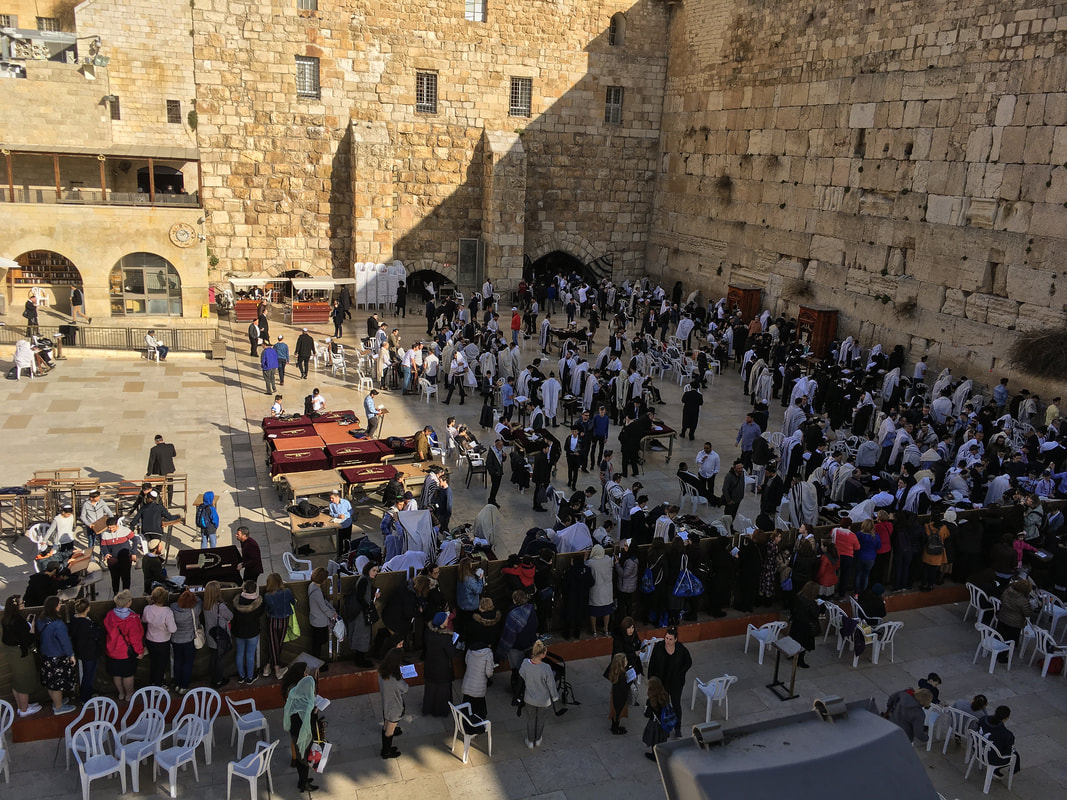
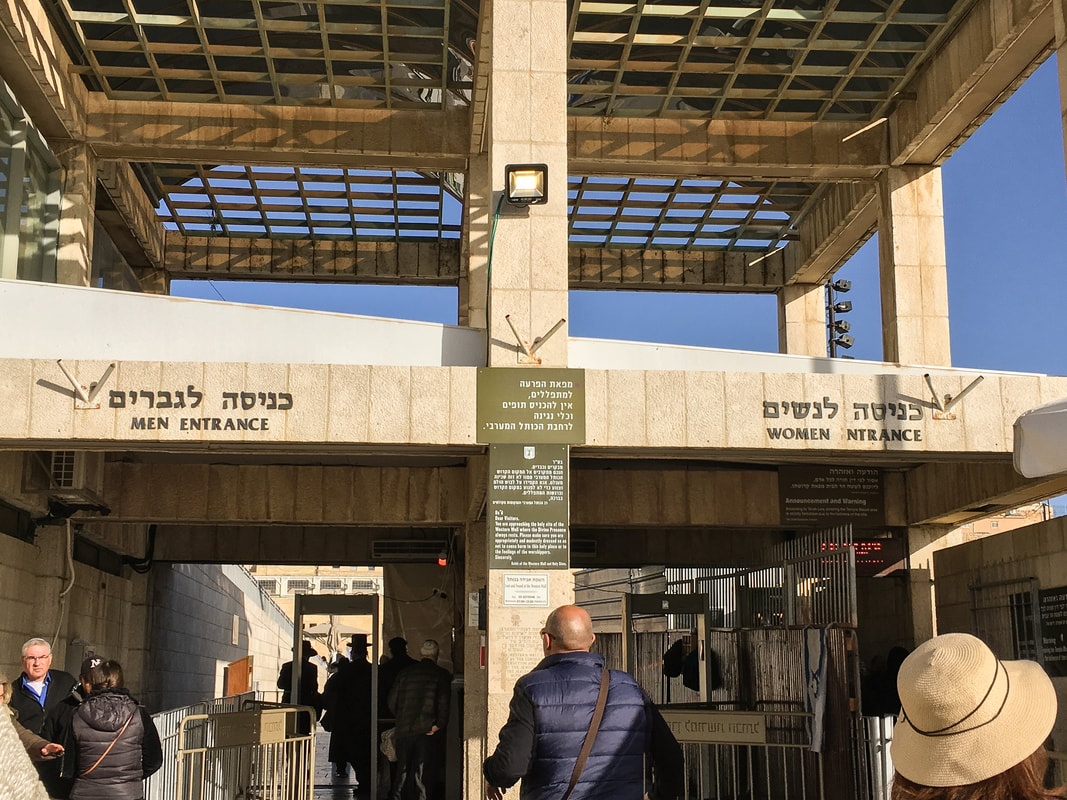
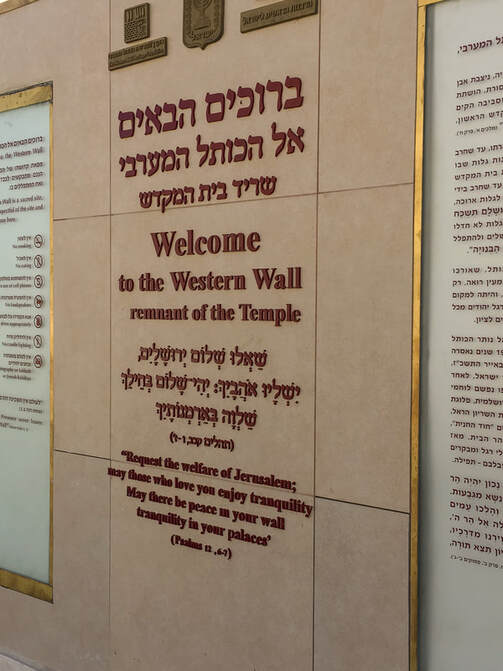
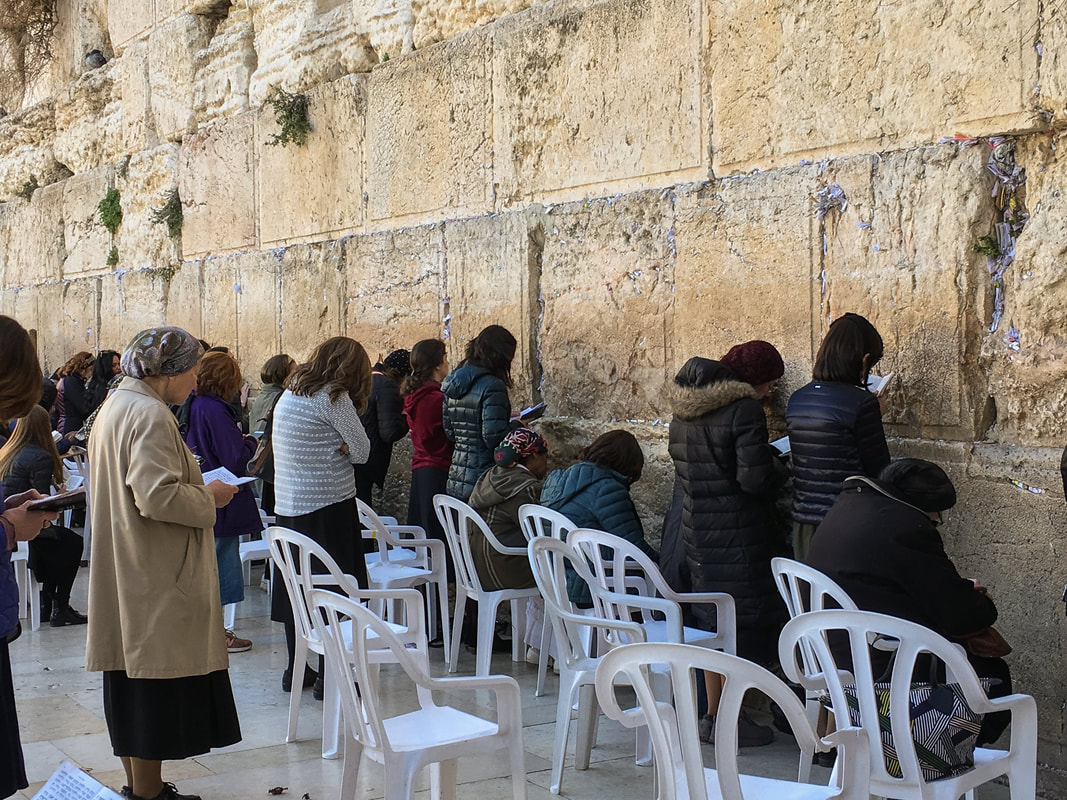
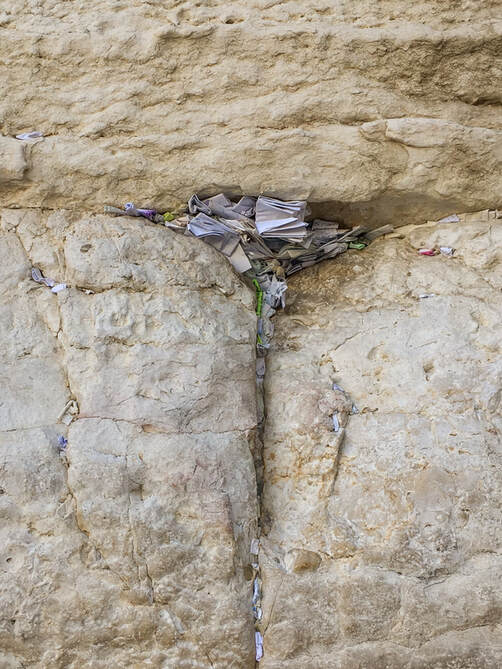
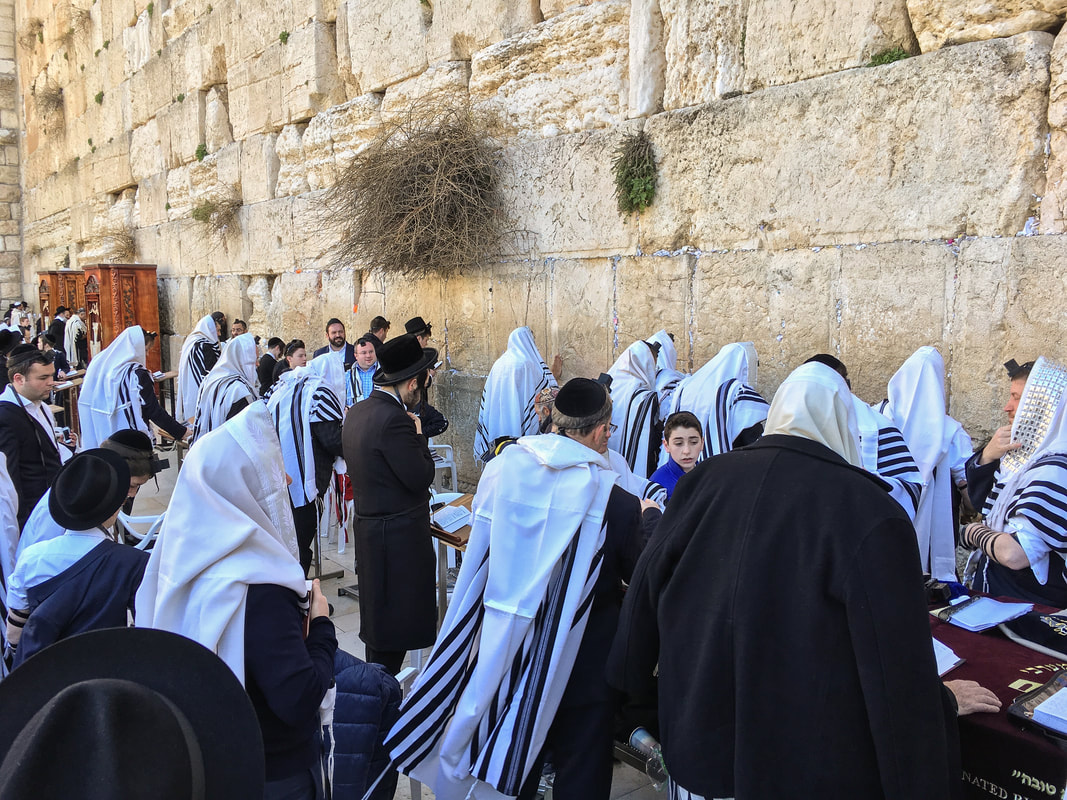
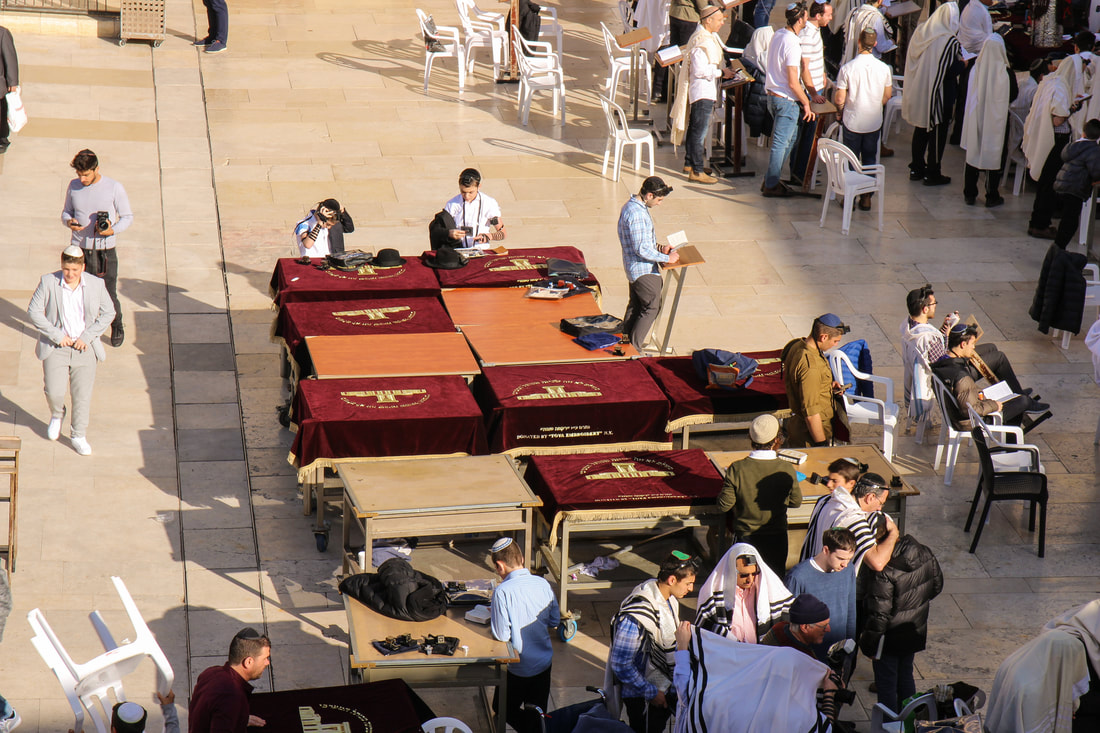
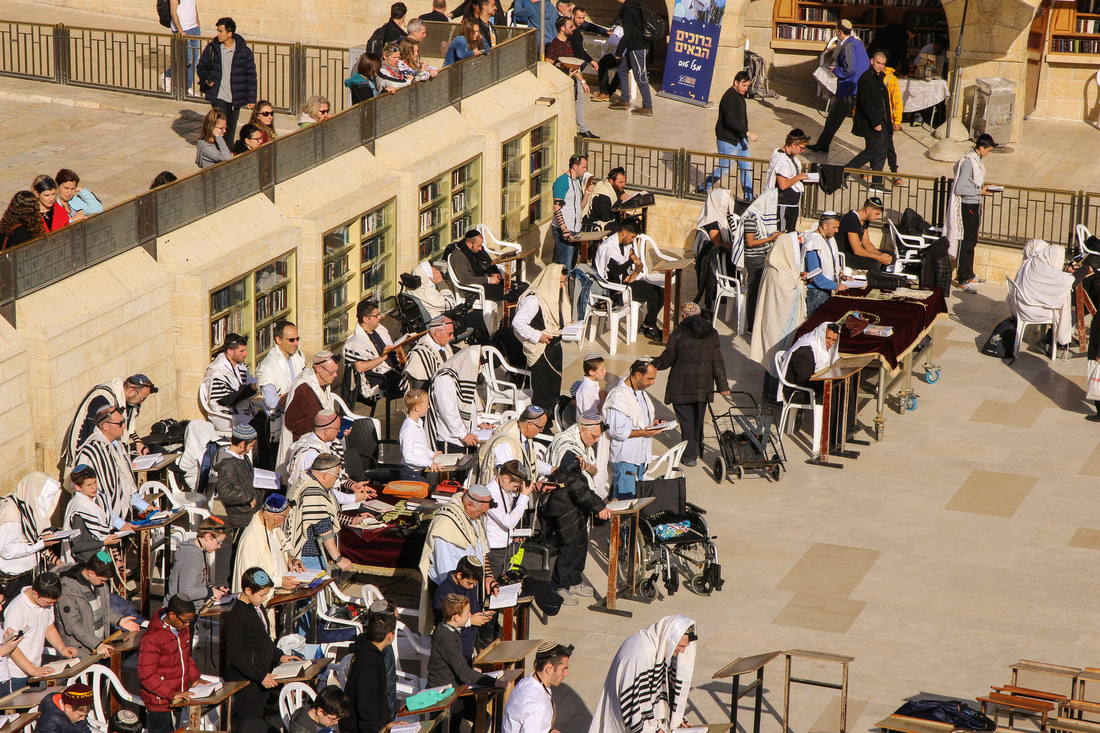
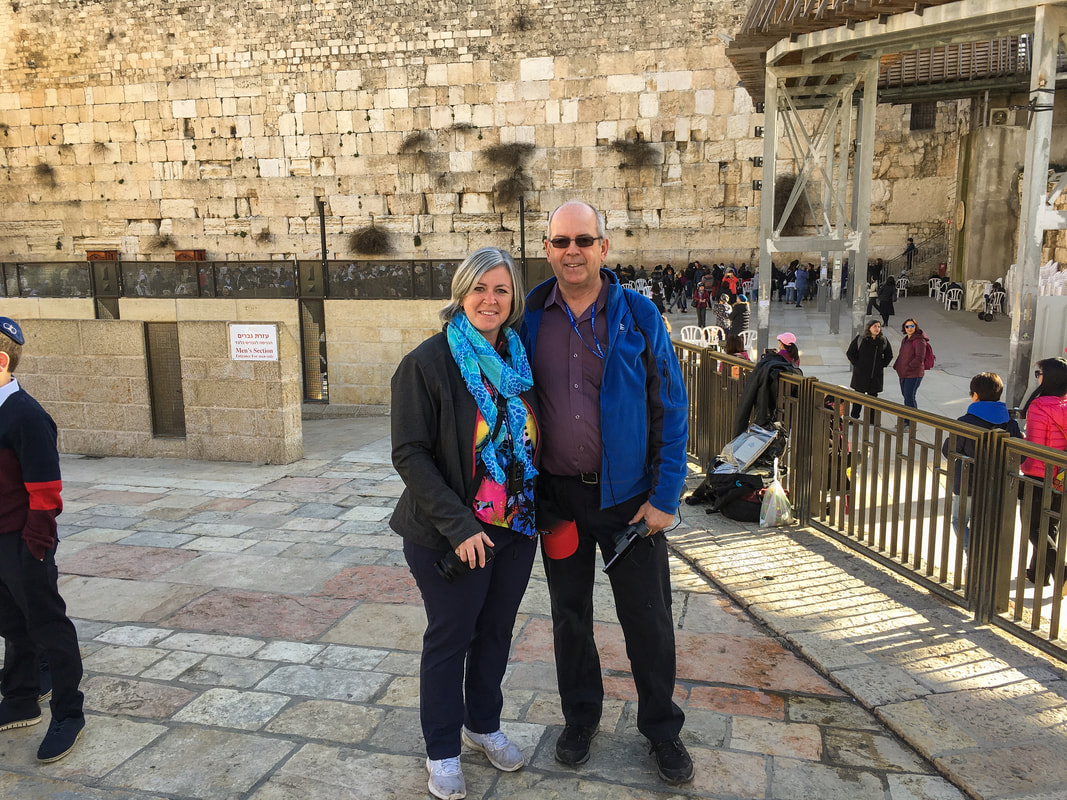
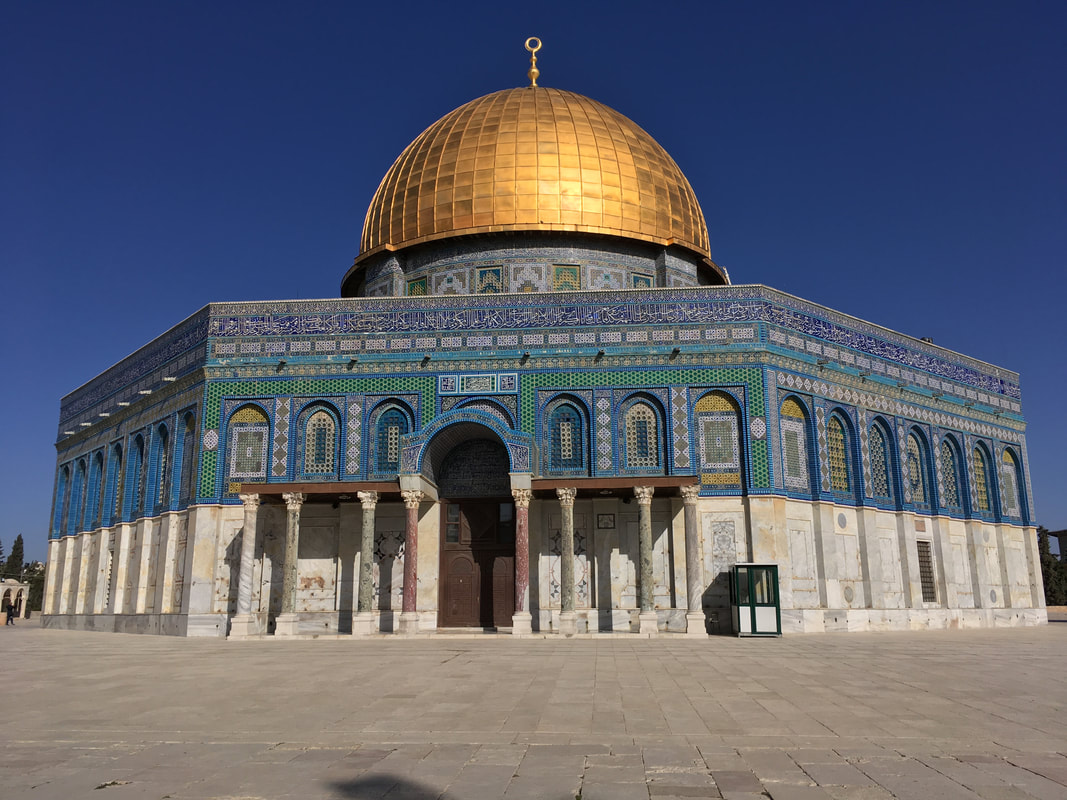
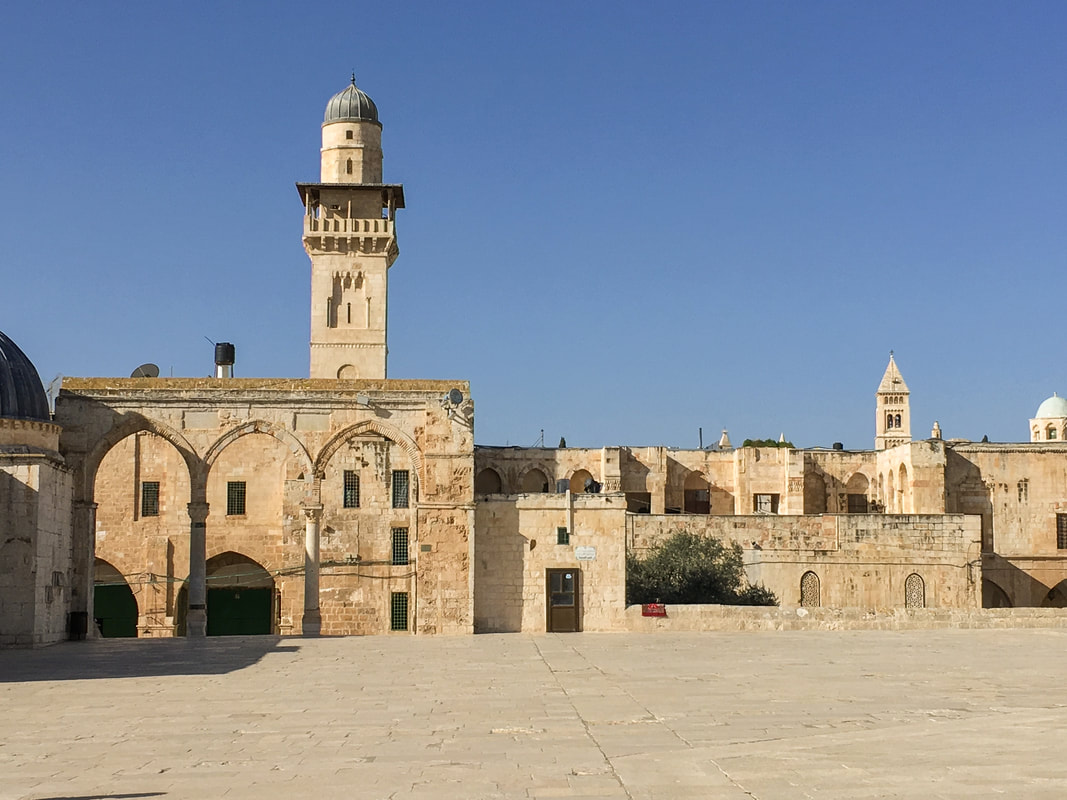
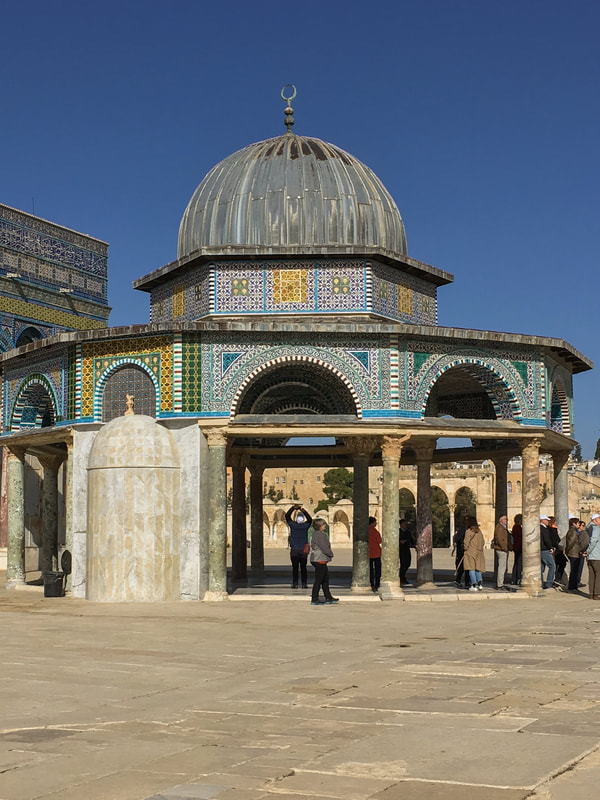
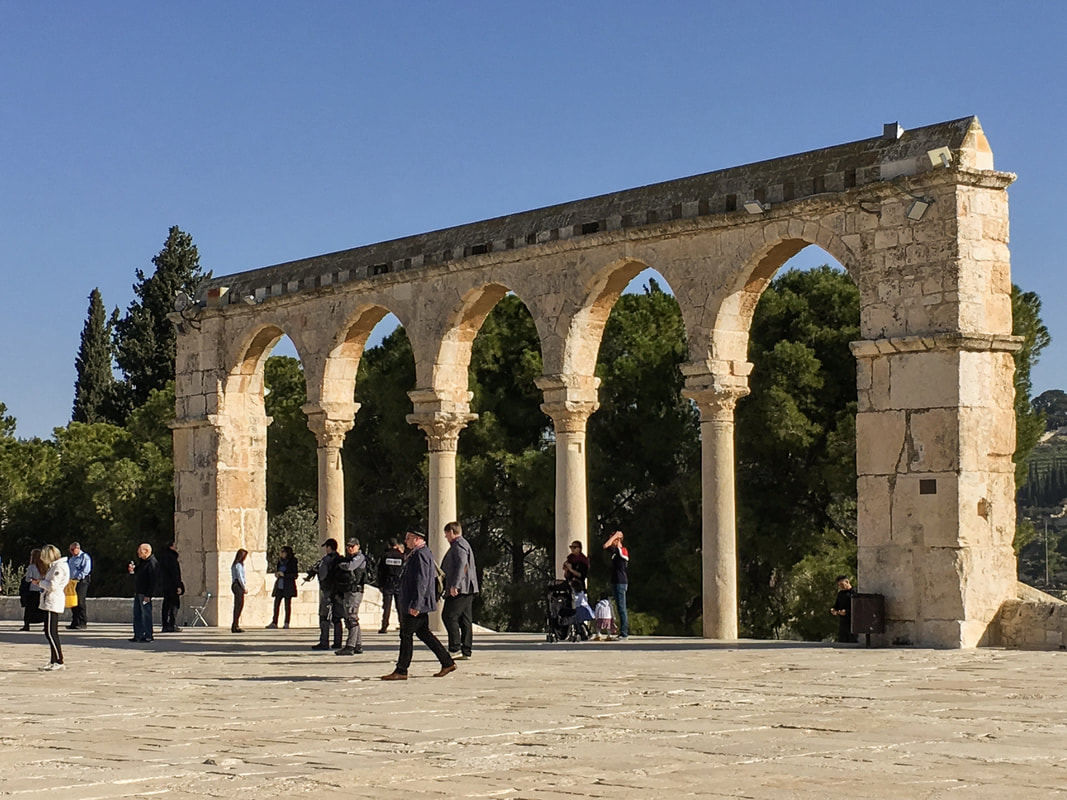
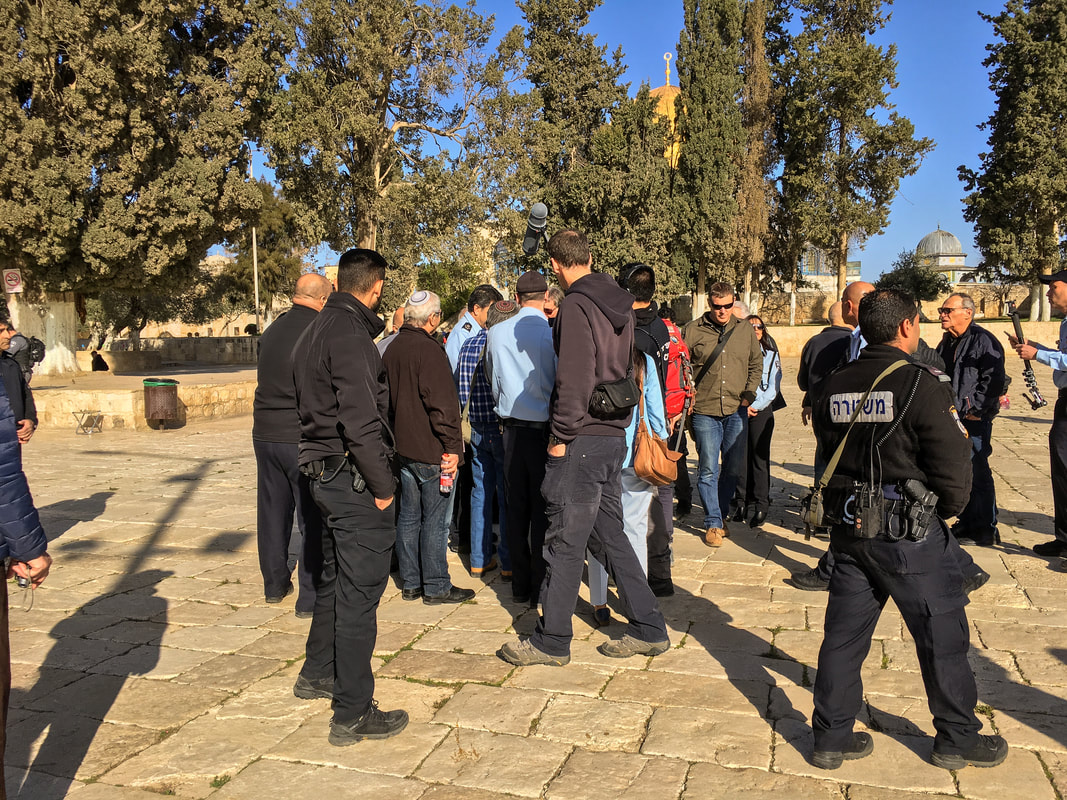
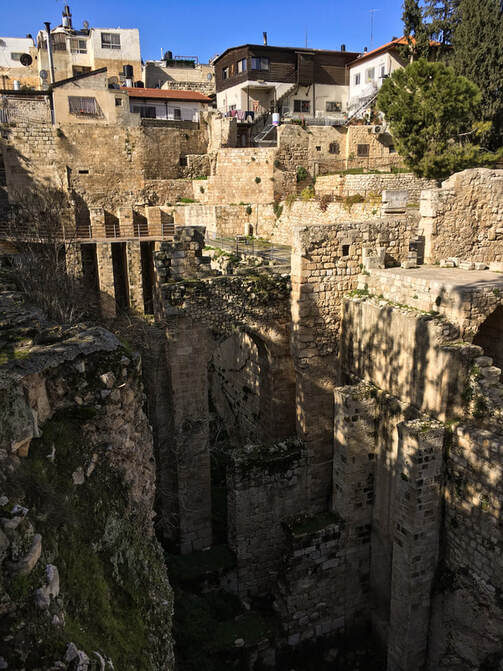
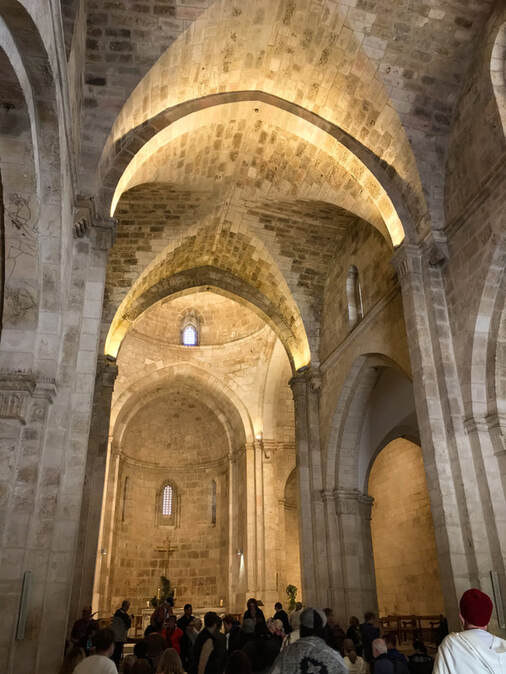
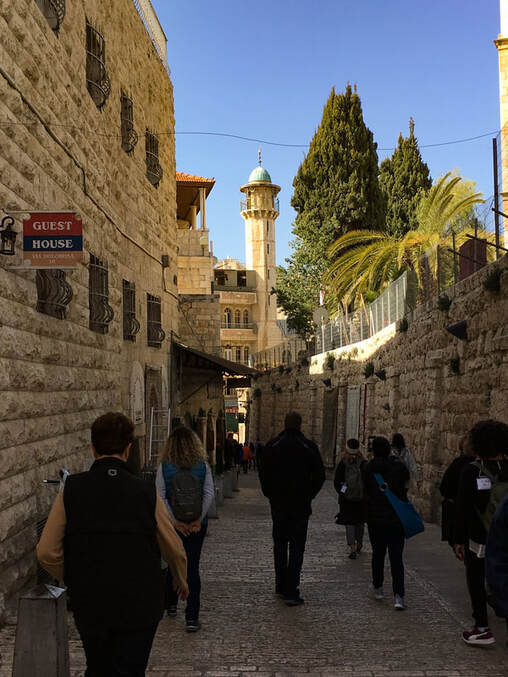
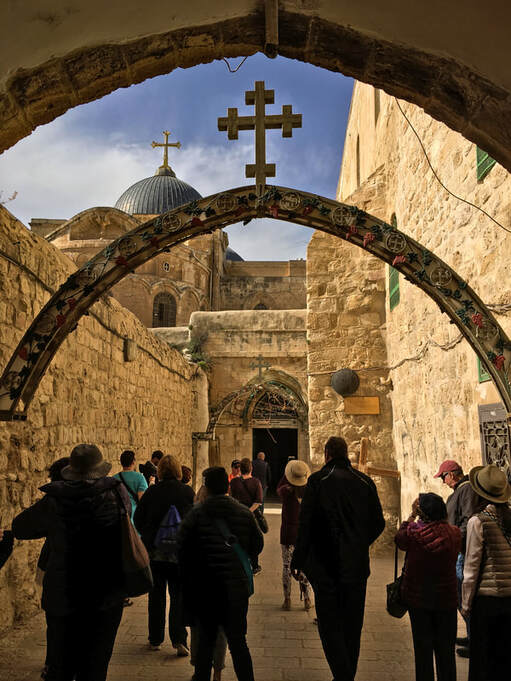
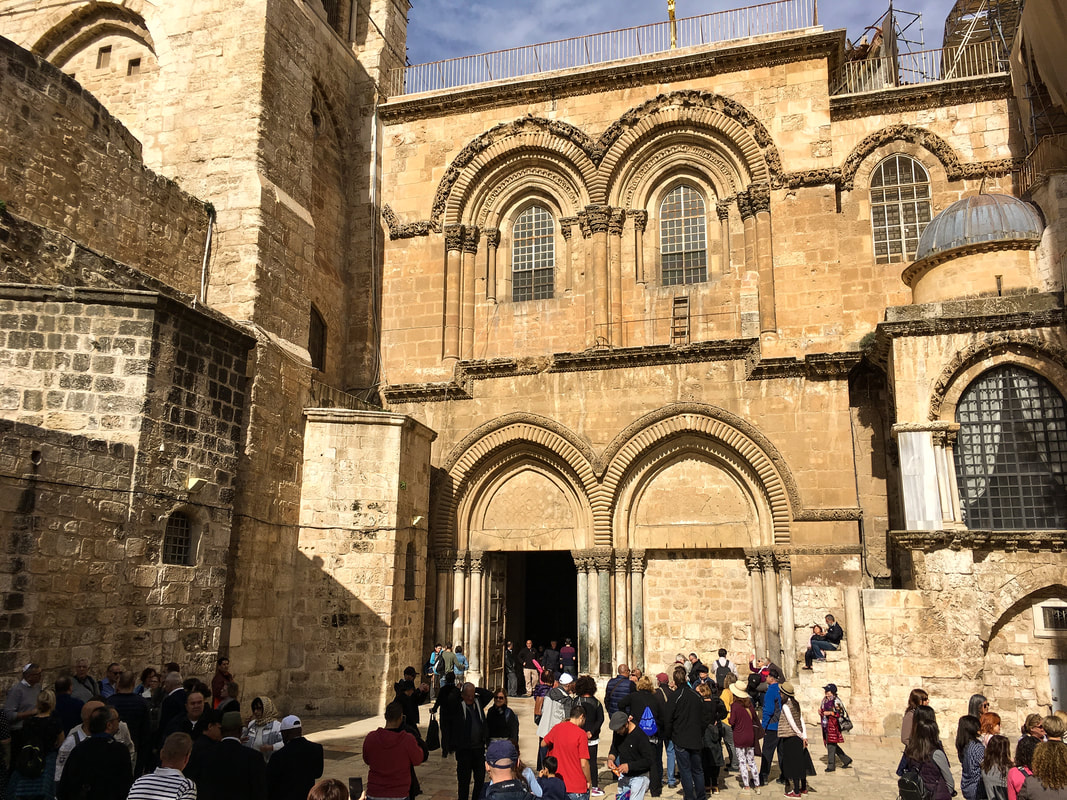
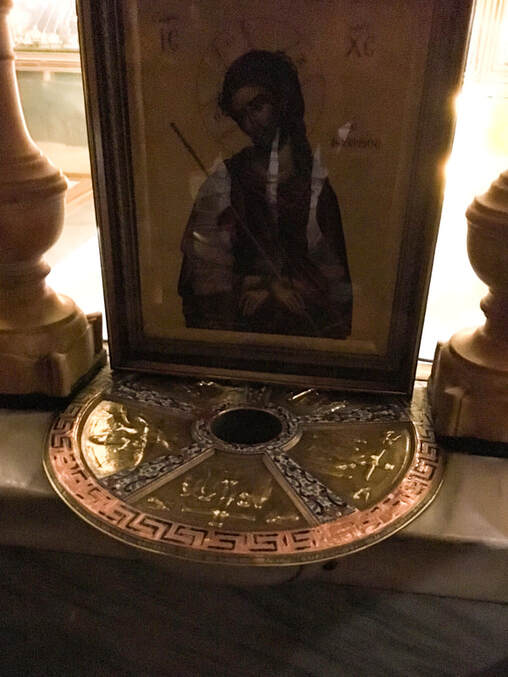
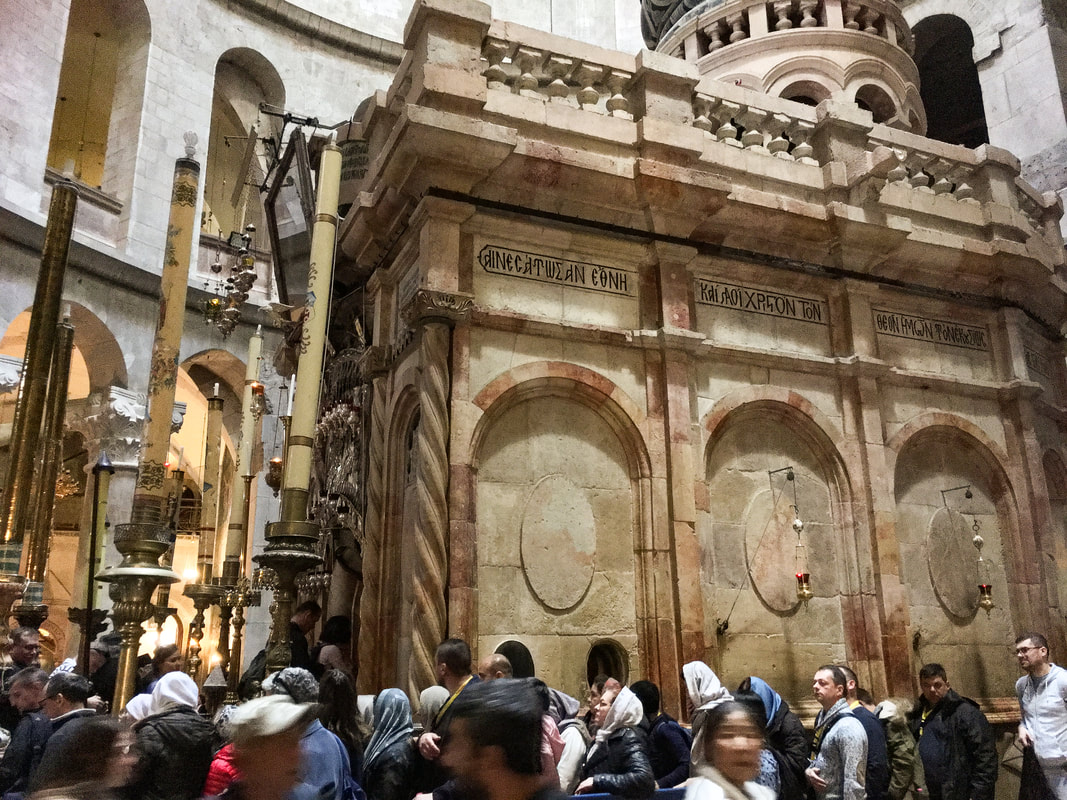
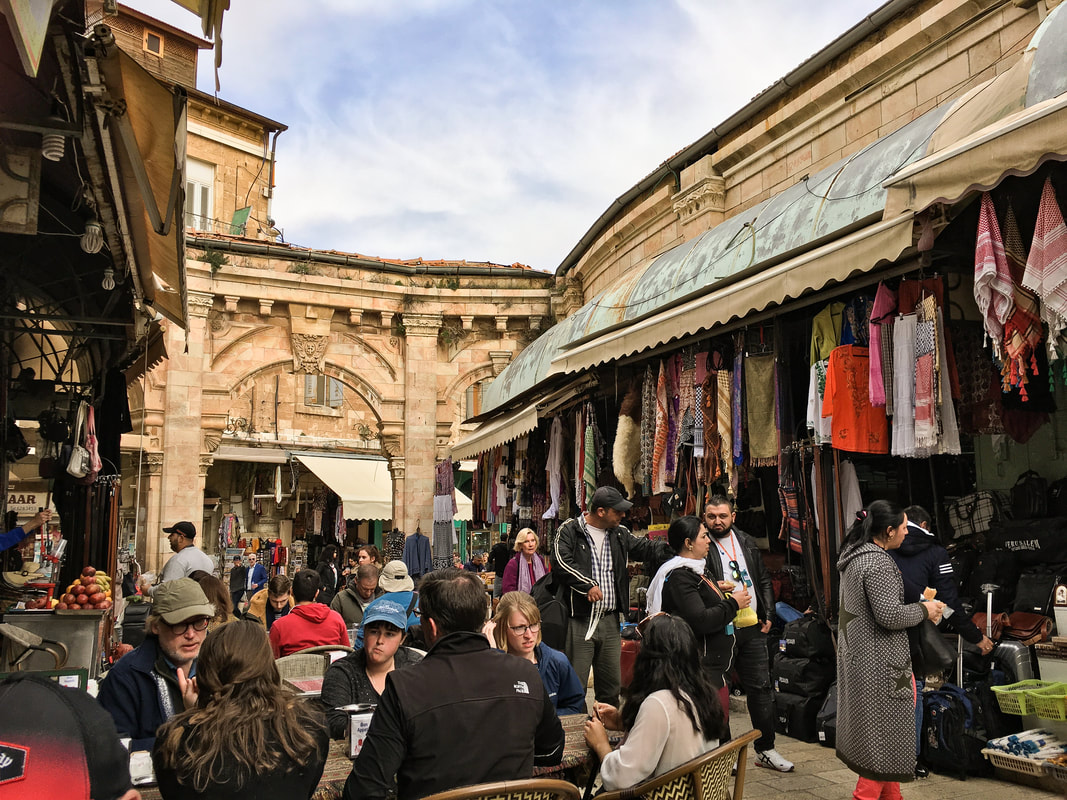
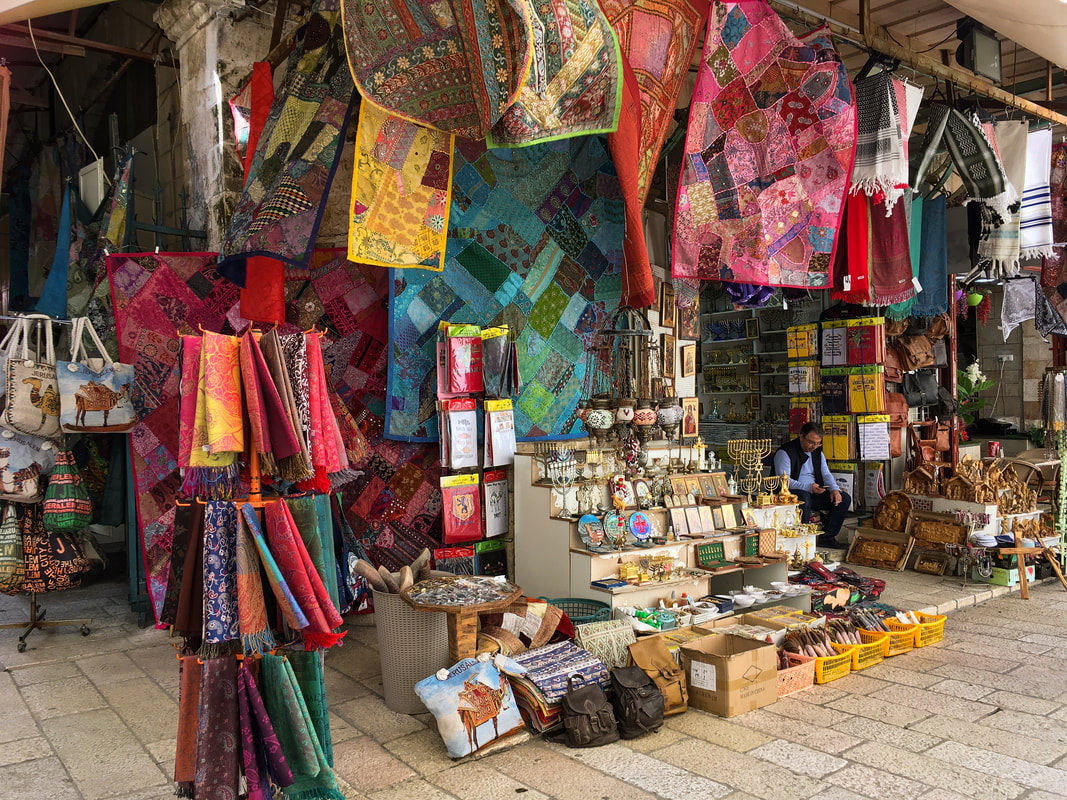
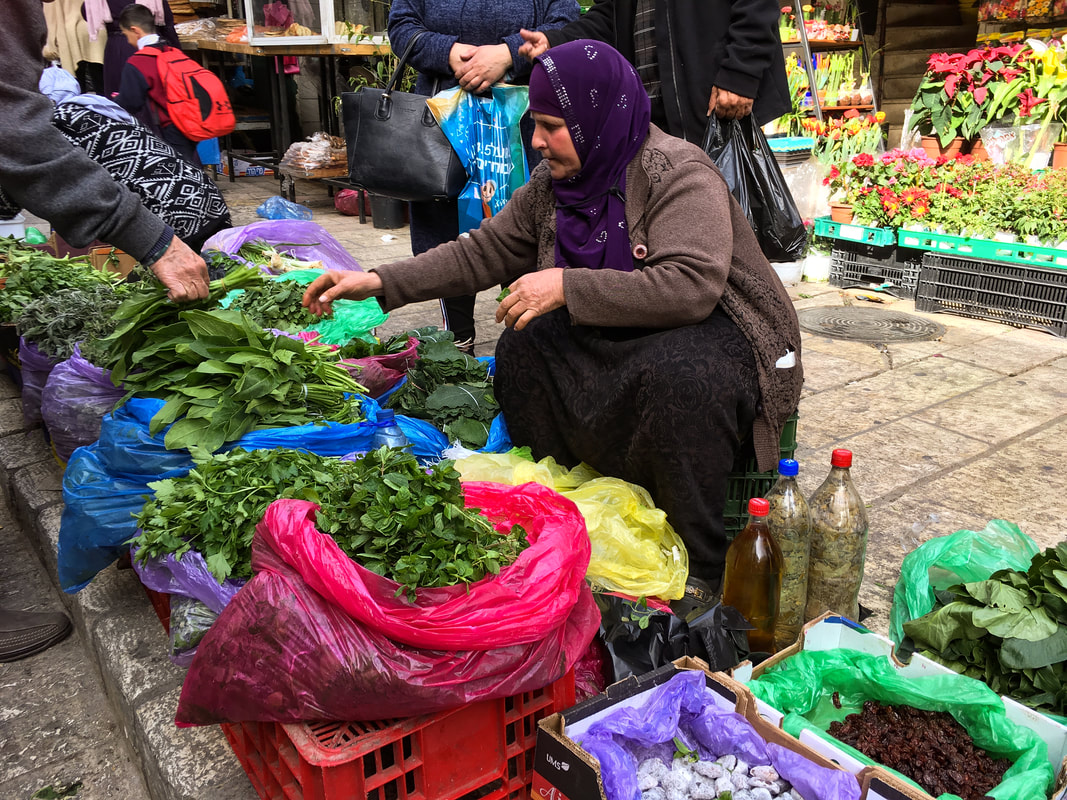
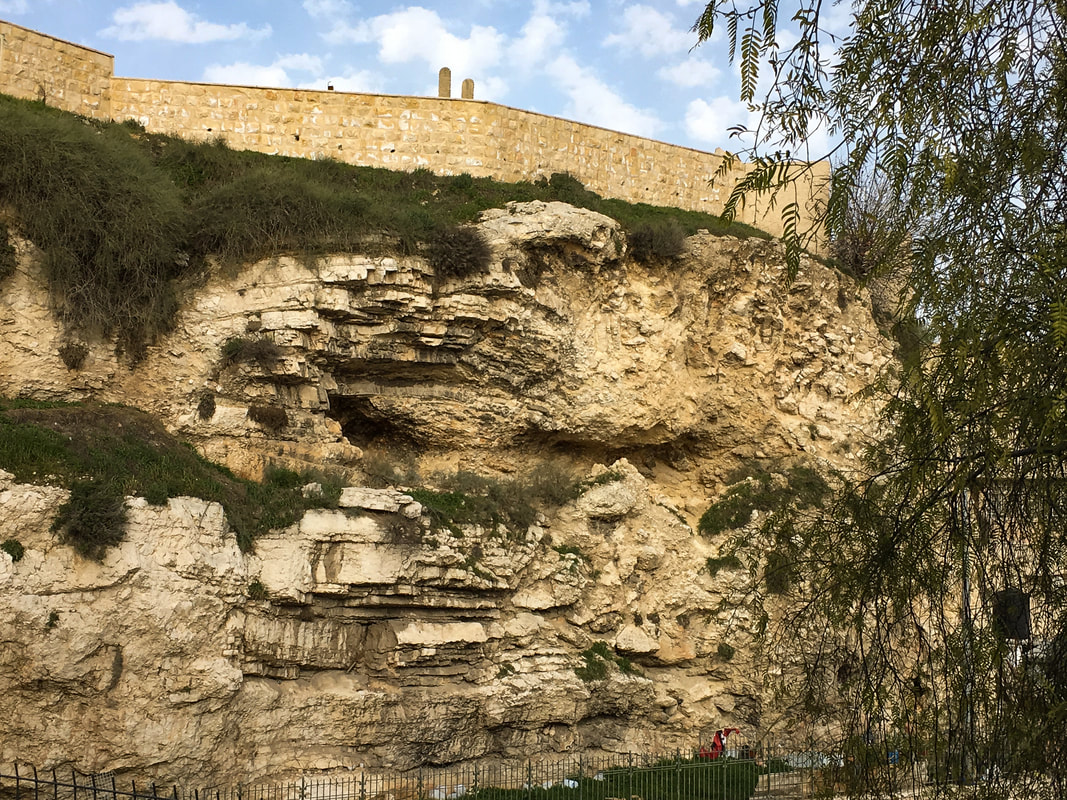
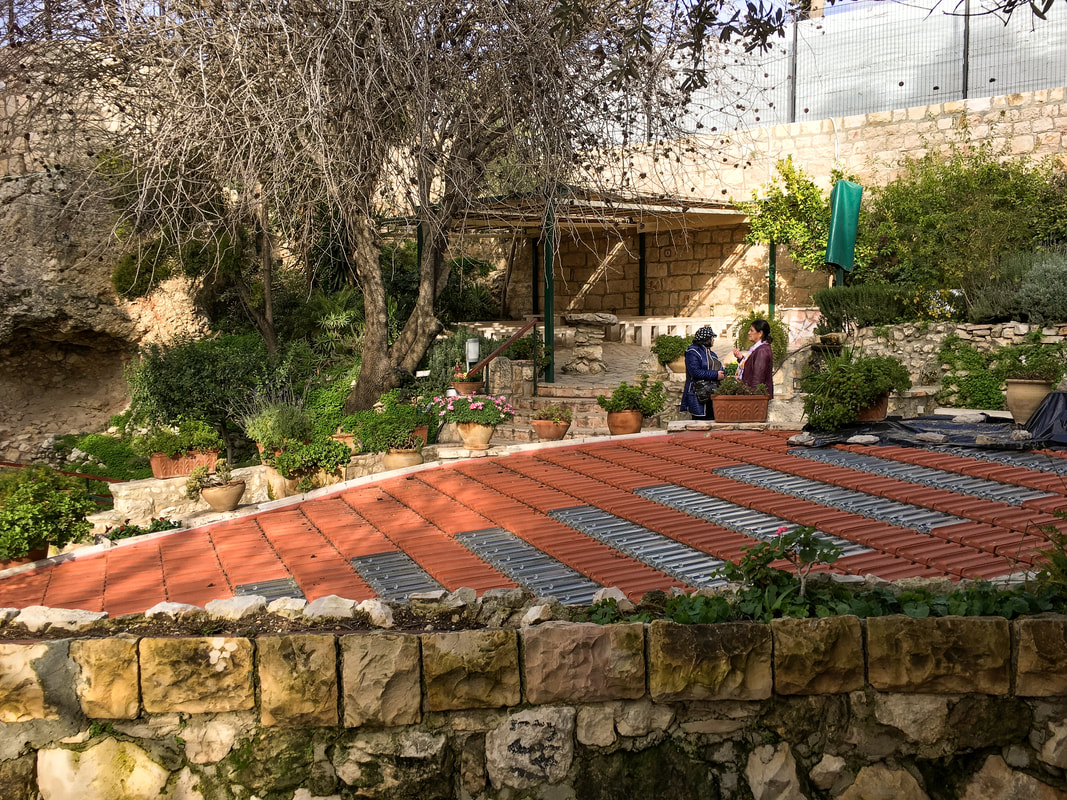
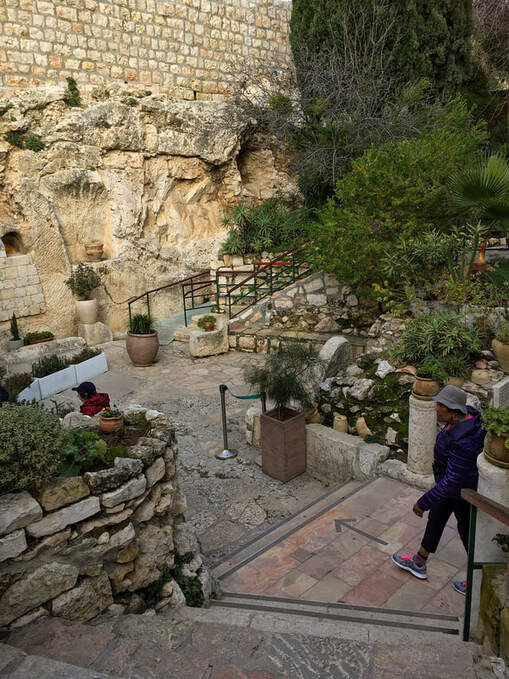
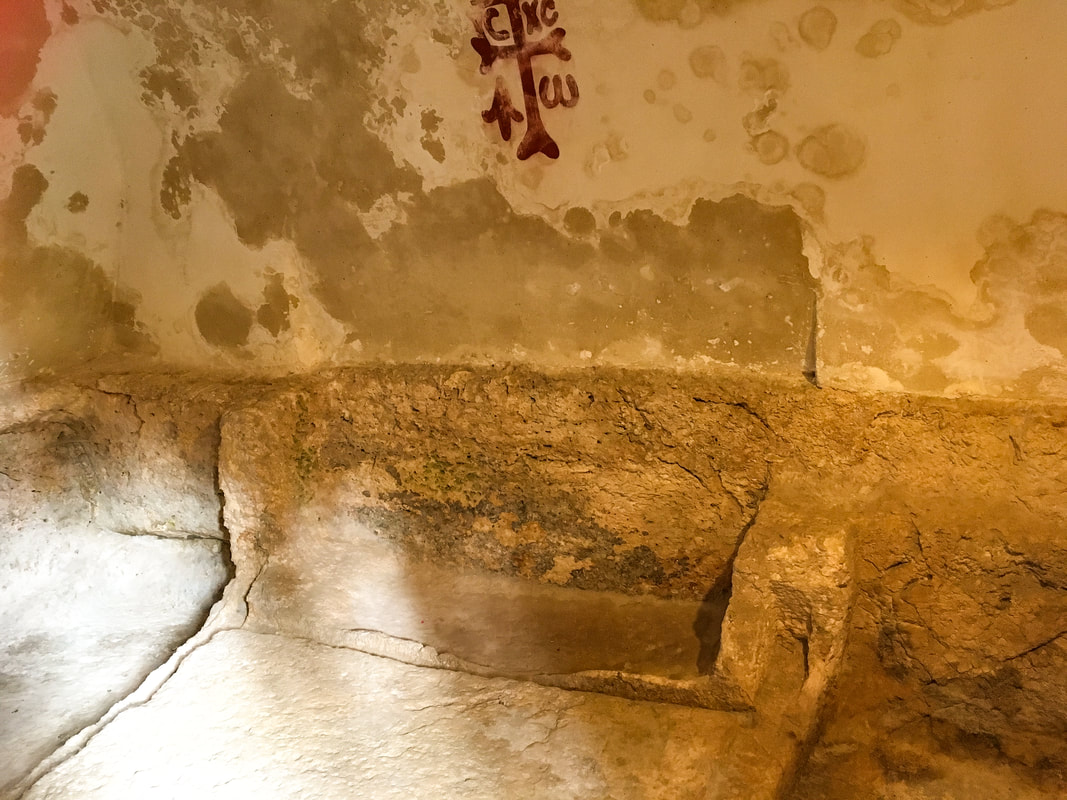
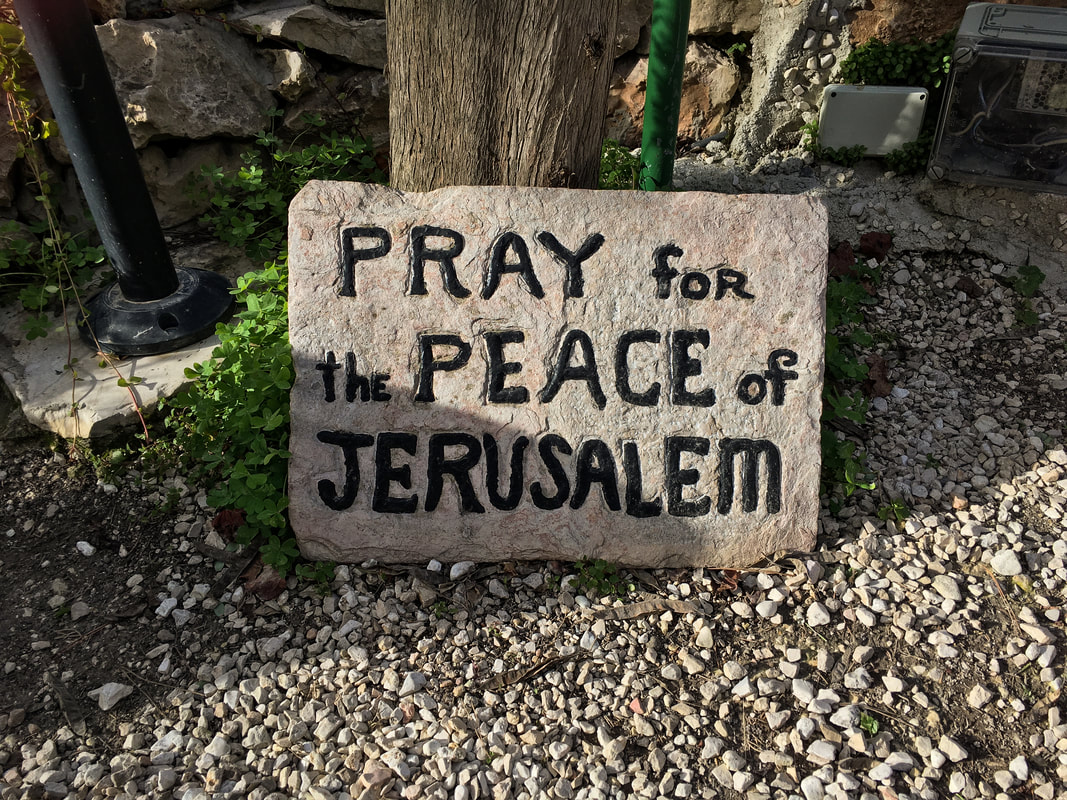
 RSS Feed
RSS Feed